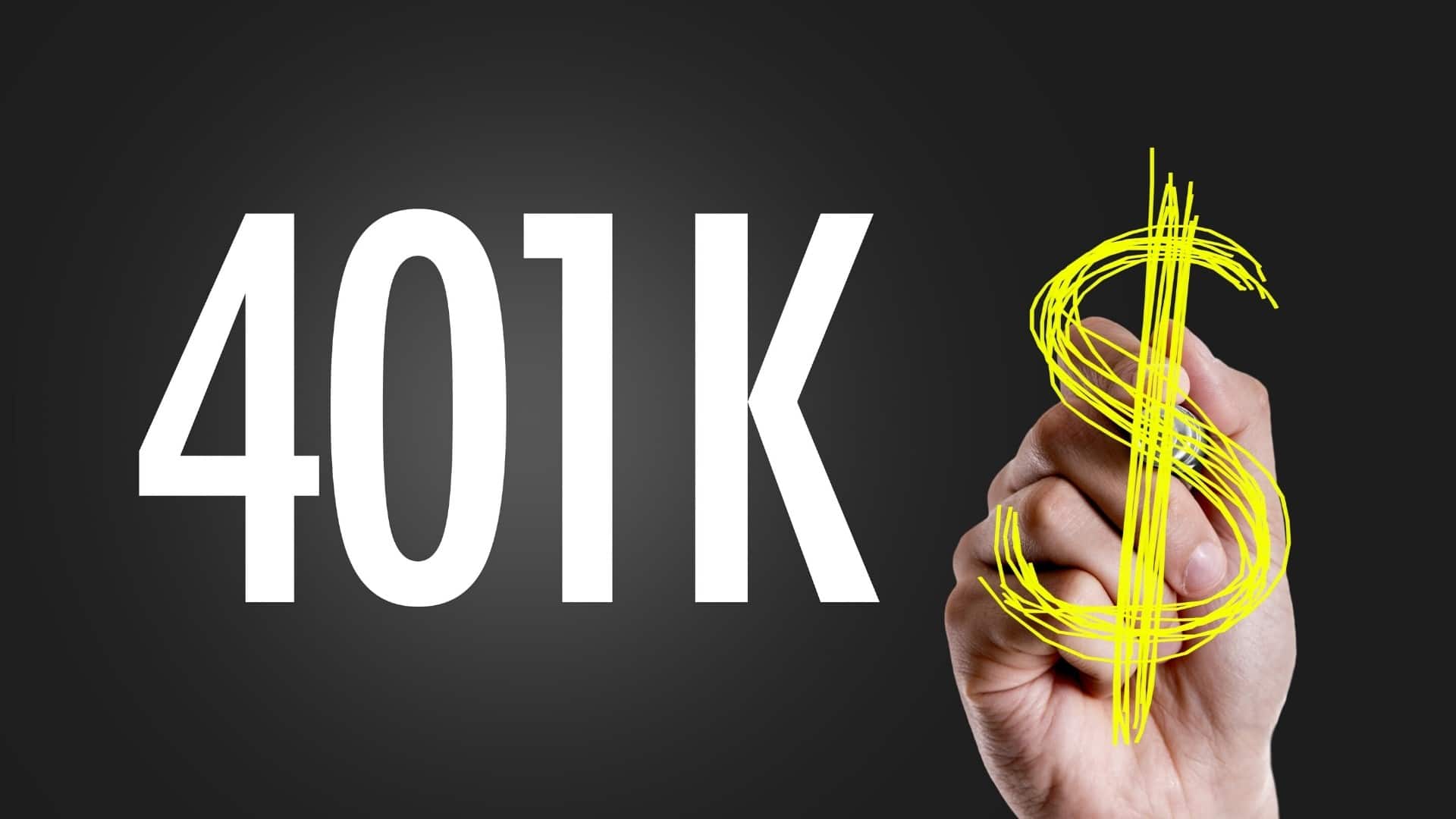A 401(k) is an employer-sponsored retirement plan. This plan enables employees to contribute a part of their pre-tax earnings. For instance, an employer can choose to match contributions up to 5% of their employee’s wages. Hence, if someone making $1,000/week contributes 5% of his/her salary, and the employer matches the amount, the employee would have his/her 401(k) ’s principal balance grow by $100, even though the employee has a deduction of only $50 from the weekly paycheck.
With persistence and patience, employees can make the most out of this opportunity. Your employer’s matching contribution can quickly and substantially increase, with compound interest, within a few years. The $50 contribution that your employer makes every week becomes $2,600 by the end of the year.
If you want to know more about how 401(k) match works, here is everything you need to know about 401(k) match:
What to Know about 401(k)
The way employers offer their 401(k) matching plans vary. Most employers allow their employees to go with a fixed amount than a percentage, while other employers stick to a percentage. For example, an employer may match 50% of the amount their employees contribute with either no cap or a maximum dollar amount. Some employers may be generous enough to match 100% with no cap in today’s competitive market.
While the terms of 401(k) plans can vary, some basic things are common. Apart from complying with the required contribution limits and withdrawal rules and regulations by ERISA or the Employee Retirement Income Security Act, your employer sets the terms and conditions of each 401(k) plan.
Generally, employers stick to a generous matching formula. But some may decide not to match employee contributions at all. Regardless of the percentage that they wish to match, you get a consistent stream of free money in your retirement savings.
Employees should revisit the rules and regulations of their plan to see when their employer makes matching contributions. Despite employee contributions, a few employers make regular deferrals to employee plans. But, this is not common.
How Much Can You Contribute?
One of the best benefits of a 401(k) match is that the plan lets you contribute more than the annual 401(k) maximum contribution limits. Now, employees can contribute to a 401(k), up to $19,500 of pretax income. All 50 years of age or older employees can add another $6,500 in catch-up contributions.
How Does it Work?
When an employee signs-up for an employer’s 401(k) plan, he negotiates the terms on which he wishes to contribute to the plan from each paycheck. The amount is deducted before income and payroll tax calculations. Depending on your employer’s policy, an employer’s matching contributions are calculated automatically.
For instance, your employer may decide to match 100% of your contributions up to 5% of the paycheck. Hence, if a paycheck is $1,000, the employer will match the employee contribution up to $50.
Numerous 401(k) plans require employees to complete a specific time-frame before they become eligible to receive the money they contributed. Employees who stick with the company for the specified time-period are fully vested in the plan and can receive the employer-matched contributions if they are retiring or leaving for a new job.
Most employers agree on a graded vesting plan that grants them increased access to the matched funds, until the fully vested date. For instance, you may not participate in the 401(k) plan until you are not associated with the company for a year. Your employer allows you to have access to 25% of the matched contributions by the end of the second year. Your vesting increases by 25% points every year until you become fully vested after five years as an employee.
What about Penalties?
There is no distinction between matching contributions or employee contributions, outside of vesting considerations. Hence, there are penalties if you withdraw the funds before you turn 59. In such a case, the employee has to pay an extra 10% in taxes and the standard tax rate on the withdrawal. In case your employer ever stops contributing to your 401(k) plan, the employee should start saving in an individual retirement account instead.
Final Thoughts
When switching your job, consider the 401(k) employer match as a crucial part of your overall compensation package. If you are lucky enough to get into an established company that boasts over 100 employees, you may have better chances of getting a higher match. However, you can still negotiate with your employer to get a higher contribution from their end.








